Content Creation: The Essential Guide
Acquiring information in our daily activities is paramount so as being aware is a plus to easing work load.
Now imagine you have a research work to execute, or questions that needs answers to, where is the first place that comes to mind, my guess is Google (alternatively your preferred search engine). You’re not alone — Google alone answers over four billion search queries everyday.
Whenever you enter a question into the search bar, those links that appear in your search results are content. Whether you know it or not, you consume content on a daily basis.
That marketing strategy guide... content.
Those articles that diagnose your symptoms... content.
The video tutorial on how to be good programmer... content.
News stories, Instagram feeds, blog posts, tutorial videos, GIFs, memes ... all content.
Content keeps us informed, answers our questions, entertains us. It helps you attract, engage, and delight prospects and customers, bring new visitors to your site, and ultimately, generate revenue for your company.
You should understand that your audience and prospects are using social media, they click links, read blogs, watch videos, listen to podcasts, subscribe to newsletters—and they share the high-quality, high-value content with their friends making social media a target tool for content marketers to captivate their audience.
In fact, the average company that blogs generates 55 percent more site visitors; Business-2-Business (B2B) marketers who blog generate 67 percent more leads per month than those who don't; and organizations that align content marketing and sales enjoy 38 percent higher sales win rates and 36 percent higher customer retention rates.
Maybe that's why, according to research from Content Marketing Institute, 56 percent of B2B marketers increased their spending on content creation in the last year — because consistently creating great content can help companies achieve their goals.
But that content doesn't just appear out of thin air; it's the result of lots and lots of planning, collaboration, writing, editing, and more.
A NewsCred study reveals that 62% of millennials say their online loyalty towards a brand is driven by online content. While the figure is great news for content marketers, what you must realize is you can’t push any content to the target audience and expect it to deliver returns in the form of brand loyalty, reputation building, lead generation and brand awareness.
What works, is EPIC content. Saying this is the sort of content that strengthens content marketing is an understatement. It does much more than just shore up your campaign; it essentially reinforces your brand image.
What is Content Creation?
Content creation is the process of identifying a new topic you want to write about, deciding which form you want the content to take, formalizing your strategy (keyword or otherwise), and then actually producing it.
In addition, Content creation is the intentional, strategic process of crafting text and visuals that align with the core interests of your audience and brand to reach documented business goals. Generating content requires mindful planning and diligence. Once the creation process is mastered, the resulting custom content can boost engagement, attract leads and close sales, in turn growing your business and industry influence.
most content creation processes involve thorough rounds of edits with other stakeholders before content is ready for publish.
Before you start creating content, you need to know why you are creating content. This is where a content marketer does a deep dive with clients into the inner-workings of their business, identifying all areas that could benefit from content creation. Your content should serve as a platform for communicating your brand’s unique perspectives, capabilities, and value proposition. It also needs to tell a story that resonates strongly enough to convince readers to act.
How Does Content Creation for Digital Marketing Works?
When you create content and you post it on a website or a social network, it can be found by people searching for related information. In order to ensure the visibility of their content, companies rely on the principles of SEO (Search Engine Optimization).
This optimization means to follow the SEO strategies of keywords, linkbuilding, delivery, among others, to appear among the first results when potential clients search the web. Back to the previous example, if the article “Everything you need to know about organic food for pets” is listed on top of the Search Engine Results Pages (SERP) which are the pages displayed by search engines in response to a query by a user, this site will attract high traffic (visits) from an audience already segmented, and some of those visits will become clients.
This is only a comprised summary, but there are hundreds of factors to be taken into consideration for content strategy. Then such content has to be delivered to social networks and related pages, and finally, the results should be analyzed so as to improve the strategy and keep evolving.
Why Is Content Important?
- Content marketing brings in 3X as many leads as traditional marketing and costs 62% less.
- Website conversion rate is nearly 6x higher for content marketing adopters than non-adopters (2.9% vs 0.5%).
- Small and Midsize Business (SMB) that use content marketing get 126% more leads than those that don’t.
- 73% of business-to-business (B2B) content marketers are producing more content than they did one year ago.
- 61% of online purchases are the direct result of a customer reading a blog.
- 95% of business-to-business (B2B) enterprise marketers use content marketing.
- Companies that publish 16+ blog posts per month get 3.5X more traffic than those that post four or fewer posts per month.
- 86% of business-to-consumer (B2C) marketers use content marketing.
- 60% of marketers create at least one piece of content each week.
Content Marketing Facts and Figures
Here are some content marketing facts and figures from Visual.ly to highlight the role of content on a social web.
- $135 billion was spent on digital marketing content in 2014
- 78% of CMO’s think custom content is the future of marketing
- 65% of your audience are “visual learners”
Documenting a Content Strategy
Content can help your company achieve a number of different marketing goals. The thing is, not all content works the same way for all goals. It needs to be created with your end goal in mind. That way, you can ensure that every blog post, every guest-contributed article, every video, and every whitepaper your team produces will work together to work for you.
A strategy that you actually take the time to document is essential to your content marketing. 65% of the most successful marketers have a documented content marketing strategy, compared to only 14% of the least successful marketers.
1.Build Your Buyer Persona
Before you create content, you need to know who you're creating it for. That's where your buyer personas come in.
A buyer persona is a representation of your company's ideal customer. It includes demographic information, motivations, buyer behavior, values, pain points, hobbies, budget, and more. In addition your buyer persona is the person that you want to reach with your content. This semi-fictional character serves as a representation of your target audience, i.e., the people who are most likely to benefit from your message and become customers.
The goal of creating these personas is to help you better understand individual members of your audience so that you're better equipped to reach, engage, and support them with the right content throughout their journey with your company.
2.Conduct a Content Audit
Now that you’ve constructed buyer personas and developed a better understanding of your audience, don’t rush to create new content for them. Instead, take stock of your previous efforts by conducting a formal content audit.
Content audits are a great way to see how well you’re covering the topics that are
important to your audience, and whether you’re maintaining a good mix of content types. Auditing your existing content also helps you find holes that you can fill with new content pieces, or identify great pieces of content that can be repurposed into other formats to reach even more prospects.
The process might involve some re-writing, or it could reveal gaps that need to be filled with content that appeals to your persona and their journey stage.
3.Identify Your Buying Cycle
Content plays a critical role in every stage of the inbound marketing process, from generating awareness about your company to helping convert leads into customers.
But the types of content you should use to achieve each of those goals are often very different from each other, which means you need to ensure that you’re creating
content for every stage of the buying cycle. First, consider your buyer personas and study the results of your past marketing efforts
to identify the key stages that a prospect goes through before becoming a customer. Here are the four stages of a typical buying cycle:
Awareness
The prospect gets acquainted with your brand or realizes they have a need for your product/service.
Research/Education
The prospect identifies the problem and researches potential solutions,
including your product/service.
Comparison/Validation
The prospect examines the options and begins narrowing the list of vendors.
Purchase
The prospect decides from whom to buy.
4.Creating an Editorial Calendar
An editorial calendar is a popular method of organizing the production of your team's content. This tool helps content marketers schedule upcoming content and hold each other responsible for consistent content creation.
Your editorial calendar can be as simple or robust as you'd like, and it can include any number of fields, such as content type, title, publish date, author, call to action, and more. The point is, your calendar should be a central tool that anyone on your team can access to quickly see what content is in production, its status, and its publication date.
5.Content Promotion
Your promotion plan should be guided by your persona. Where do they spend their time online? What time of day do they use a particular platform? How often do they want to see content from you? How do they like to consume content? What email subject lines get them to click?
Content promotion varies by medium, and there are specific rules to follow for each.
Social Media
While social media is a relationship building tool, it can be used to promote content. It’s all about finding the right balance between self-promotion, sharing useful information, and entertainment. Facebook, Twitter, Instagram, YouTube, and Snapchat are all great mediums to both create and share relevant content. The key is modifying that content to fit the platform.
Email Marketing
Email is one of the best ways to reach your audience for any reason, especially to promote content. The reason is anyone on your email list has opted in to hear from you and you can guarantee that they’ll get your messages. Better yet, you can improve your open rates by sending relevant content to segmented lists, meaning they’ll be eager to read everything you send their way.
Paid Promotion
Pay-per-click (PPC) helps you get your content in front of new audiences through targeted, paid advertisements. These ads can run on social media, search engines, or other websites. Once you define your buyer persona, you’ll want to go the paid route so not to waste money targeting uninterested parties. Once you have your audience down, paid promotion can yield a great ROI.
Syndication
Getting your content promoted through authoritative, third-party channels is a great way to build your audience. Syndication gets your brand in front of fresh eyes (and wallets) that you wouldn’t otherwise reach with your own efforts.
The Content Creation Process
Creating great content starts with a well-established process and Adopting a content creation process can:
- Make content production and publication consistent.
- Give your marketing team clear instructions and task lists.
- Maintain regular engagement with your audience.
- Bolster your overall marketing strategy and approach.
1.Brainstorming and Topic Ideation
Every piece of content you create begins with an idea. To consistently generate ideas that translate into powerful content, you need to know where to look.
Once you have list of each category or area in your business that could benefit from content creation, brainstorm every bit of content that could be created to reach your goals.
Do your ideas speak to your audience? Do they align with your branding strategy? Do they tell a story? Do they fit within with your resources?
basically make every attempt to know all developments in your domain and the kind of information your target audience is looking for.
2.Content Creation
With a topic and insights ready, it's time to actually start creating. As you begin, remember to refer to your audience personas. What's going to speak to them? What will compel them to take the next action you want them to take?
Is a blog post the best way to reach your audience with your idea? An infographic? Research from CMI shows that B2B marketers rate blog posts, whitepapers, and case studies as the most effective content types for the early, middle, and late stages of the buying process, respectively. So consider the stage of the buyer journey, and customize your message to meet your audience members where they're at.
3.Content Editing
There are things you can do to become a better writer, and there are ways you can sharpen your editing skills. Still, no matter how good you are at either, it's usually not a good idea to be the only person editing your work. Collaboration is critical for making sure an idea makes sense, your message is clear, and your copy is free of errors.
Content at Influence & Co. goes through at least two rounds of edits before it moves on to the next step — one round for strategy and voice, and another for style and grammar. Your system for editing may look different. As long as you're taking the time to carefully examine your content between its creation and publication, you're off to a good start.
4.Uploading
Now that your content is ready, you’ll need to put it somewhere that people can access it. A content management system (CMS) is software that hosts digital content and allows you to display it on your website (or anywhere else on the web).
The benefit to a CMS is that it connects all of your content and stores it in one place. So, you can easily link to a landing page in your blog article or insert a content offer in an email. Not only that, but you can analyze the results of all the content you created for a specific campaign (which can help with content audits). A CMS saves you from having a disjointed content marketing system.
5.Publication
Publishing content is as simple as clicking a button. So, why include a section on it? Well, because it’s not always that simple. Yes, you can publish your content immediately after uploading, or you can maximize its impact by waiting for an optimal time.
If you’re just starting out, then clicking publish right away probably won’t impact your audience too much. But if you have committed to a regular publishing schedule, like delivering a new post every Wednesday, your audience will expect to see posts published on Wednesdays.
Something else to keep in mind is to publish according to trends or time-sensitive events. For example, if you create content about national holidays or current events, then you’ll want to publish those at specific times.
A CMS will allow you schedule posts for a future date and specific time, so you can click, schedule, and forget.
Some Content Creation Tools To Make Marketing Easy
There’s no doubt about it – we live in a visual age. That means if you don’t have a visual content creation strategy, you’re losing your audience.
The stats prove it:
- Video gets lots of online attention across all age groups and is predicted to be 82% of online traffic by 2021
- Content with images gets more viewsand more shares than other content
- Images help your marketing convert, increasing signups in one case by as much as 329%
- Video can help boost customer retention, as in the case of Tiger Fitness, who had a 60% returning customer rate
The bottom line: if you’re going to stay ahead of the marketing game, you need to use visual content marketing.
Image Creation Tools
Let’s start 3 digital content creation tools with some tools focused on creating and editing images.
Adobe Spark
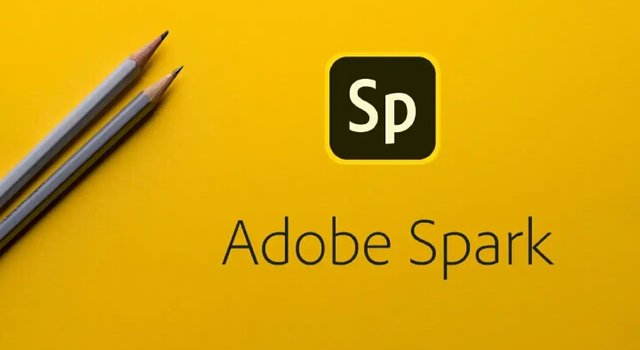
Adobe Spark is a fast content creation software that lets you easily combine text, images, and video content for better storytelling online.
Canva
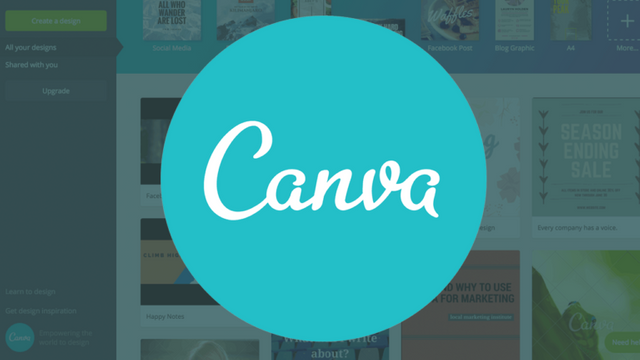
High-quality visuals are key to engaging content, and Canva makes it easy for anyone (even non-designers) to create custom designs.
Pixlr
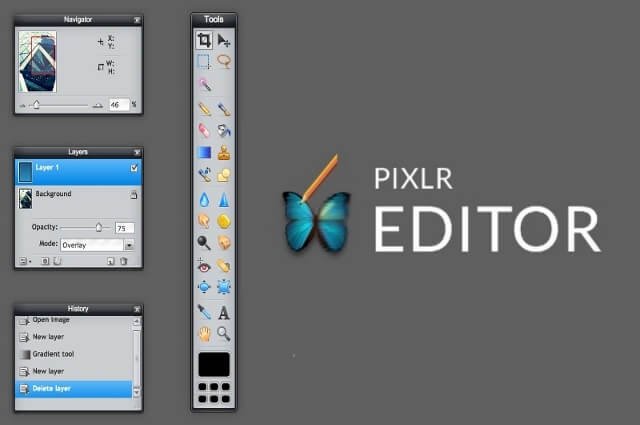
Is another useful free content creation tool. It’s available in three flavors:
- A quick tool for adding fun filters.
- Pixlr Express, which includes more image editing.
- The full Pixlr Editor, which has many of the same functions as professional image editing software like Photoshop
Video Creation Tools
Next selection of free visual content creation tools is all about video.
Lumen5
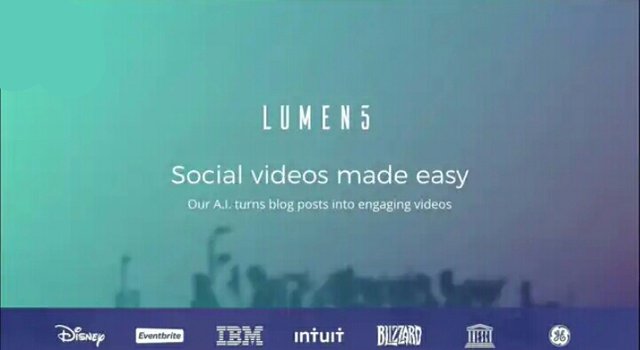
Lumen5 is one of the more interesting visual content creation tools. That’s because it uses artificial intelligence to let you create a video from text. Enter a URL and the software will create videos to match, including photos and music. This is definitely one to keep an eye on.
RawShorts

RawShorts is a drag and drop video editor designed to make it easy to create animated and explainer videos. It includes templates for many industries which users can select and customize. And it’s easy to add other media, transitions, and audio to your video creation.
VideoShop
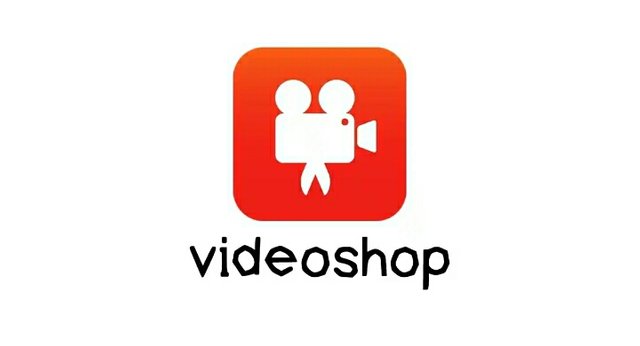
VideoShop lets you add music, sound effects, and voiceovers to your videos. You can also combine and edit clips, and add filters and transitions. Plus it’s easy to share your creations on social media. This app is available on iOS and Android.
Animation Tools
Want to make short animations to liven up your content marketing? These content creation tools will help.
Renderforest
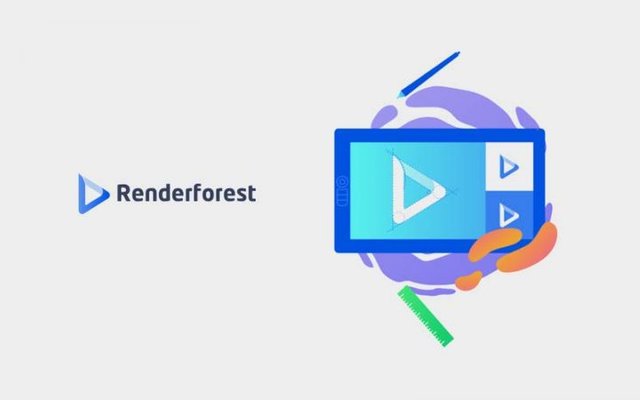
If you’re looking for a way to create visual content fast, RenderForest is a good option. This cloud-based animation and video maker helps you quickly make intro videos, explainer videos, presentations, infographics, and much more.
Google Photos
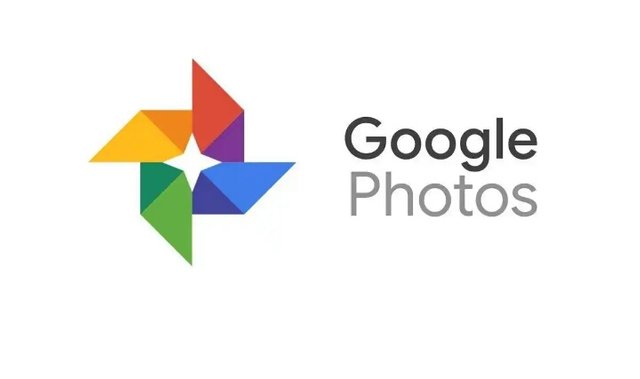
Google Photos has a built-in Assistant that works with the photos you upload to automatically create short movies and animations. If you want more control, you can also create them yourself from within the cross-platform app.
Powtoon

Powtoon bridges the gap between videos and presentations, making it easy to create appealing visual content in only a few minutes. These are an excellent way to get attention and engage your audience.
Analyzing Your Content
The final, and arguably most important step in content creation is analyzing your content. Without data, you can’t know what’s working or how to improve it.
There are several data points you could track when analyzing your content, so use your goals as a guide to set some parameters. Whatever you want to accomplish with your content will help you choose your metrics.
What you analyze is completely up to you, but here are some ideas for metrics to track:
- Page Views: the number of users that visit your content.
- Organic Traffic: the amount of traffic that comes from search engines.
- Bounce Rate: the percentage of visitors who leave your site after visiting only one page.
Conversion Rates: the percent of visitors that engage with a CTA. - Engagement Rates: the number of people that interact with your content through likes, shares, comments, or in other ways.
- Audience Growth: the new subscribers or leads that are generated from a piece of content.
Start Creating
Content creation is an iterative process that pays off tremendously with your audience. Once you have the content creation process down, you’ll be able to generate creative work that not only delights your audience but also grows your business.



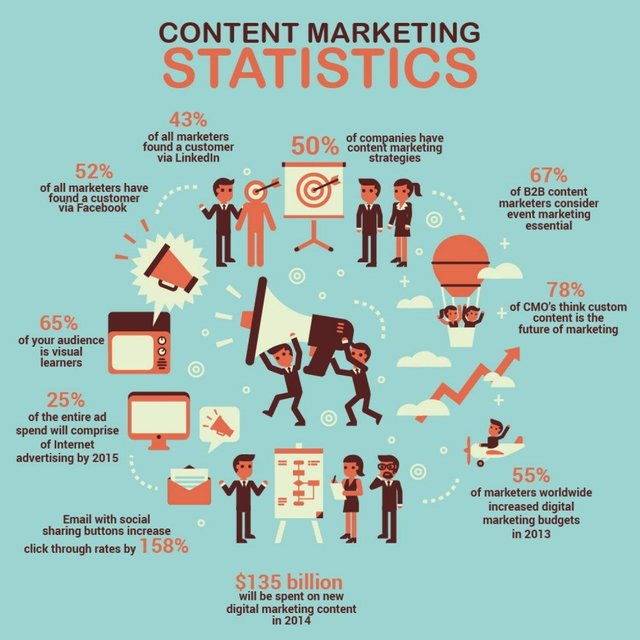
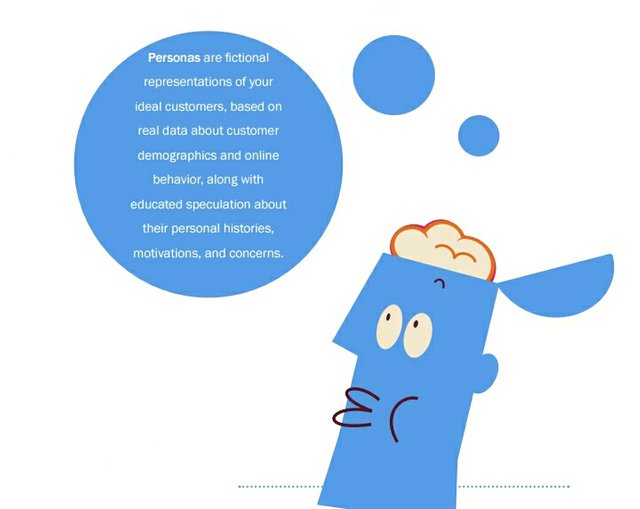
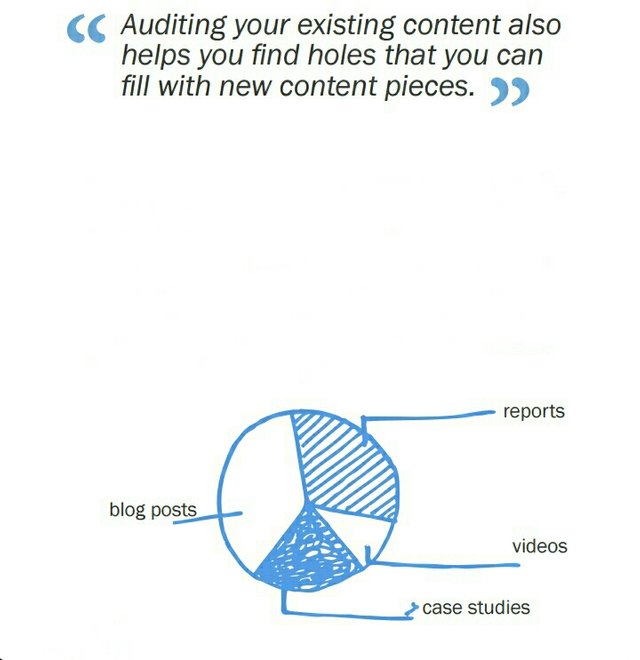
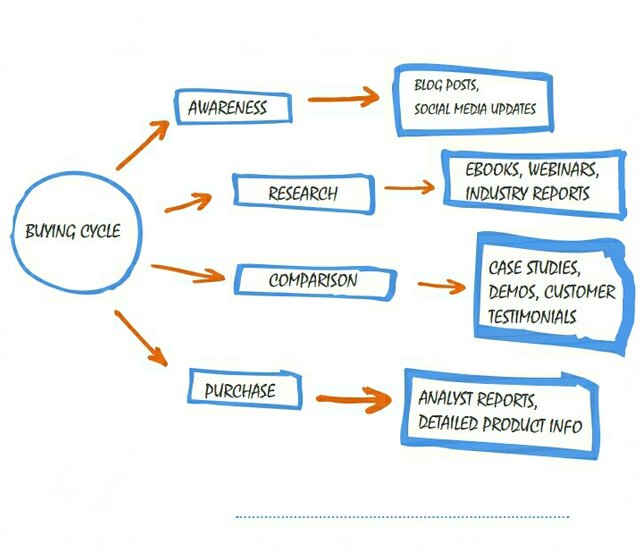
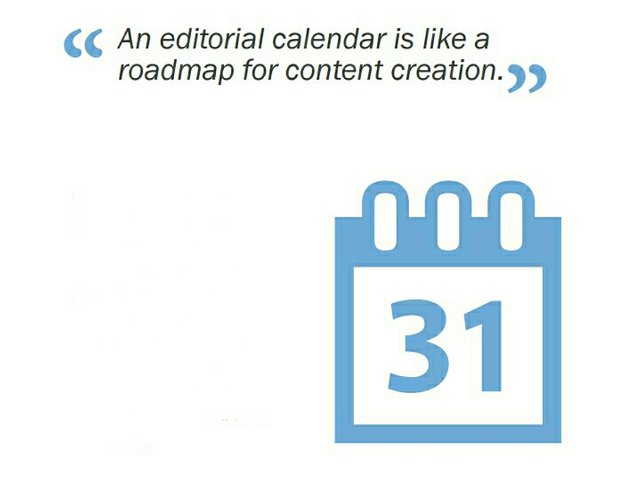







If you’re struggling to build organic and sustainable backlinks, crowd link building is something you should definitely try. Posting on relevant forums, answering questions on Quora, and commenting on blogs can help you get backlinks that actually matter. But the trick is to be strategic and avoid spammy placements. Here’s a resource that explains the best way to do it effectively: https://crowdlinks.my.canva.site/
Great post!
Thank you :)
Thanks… I read an interesting article on market segmentation in the gaming industry, which I’ve attached
customer retention software for gaming
You got a 100.00% upvote from @votemypost Send any amount of Steem to @votemypost with your post link in the memo for a proportional upvote. Earn a passive income by delegating Steem Power to @votemypost
If you are looking to earn a passive no hassle return on your Steem Power, delegate your SP to @votemypost by clicking on one of the ready to
delegate links:
25SP | 50SP | 75SP | 100SP | 250SP | 500SP | 1000SP | 2500SP | 5000SP
Another Amount
You will earn 85% of the voting bot's earnings based on your delegated SP's prorated share of the bot's SP each day! You can also undelegate at anytime.